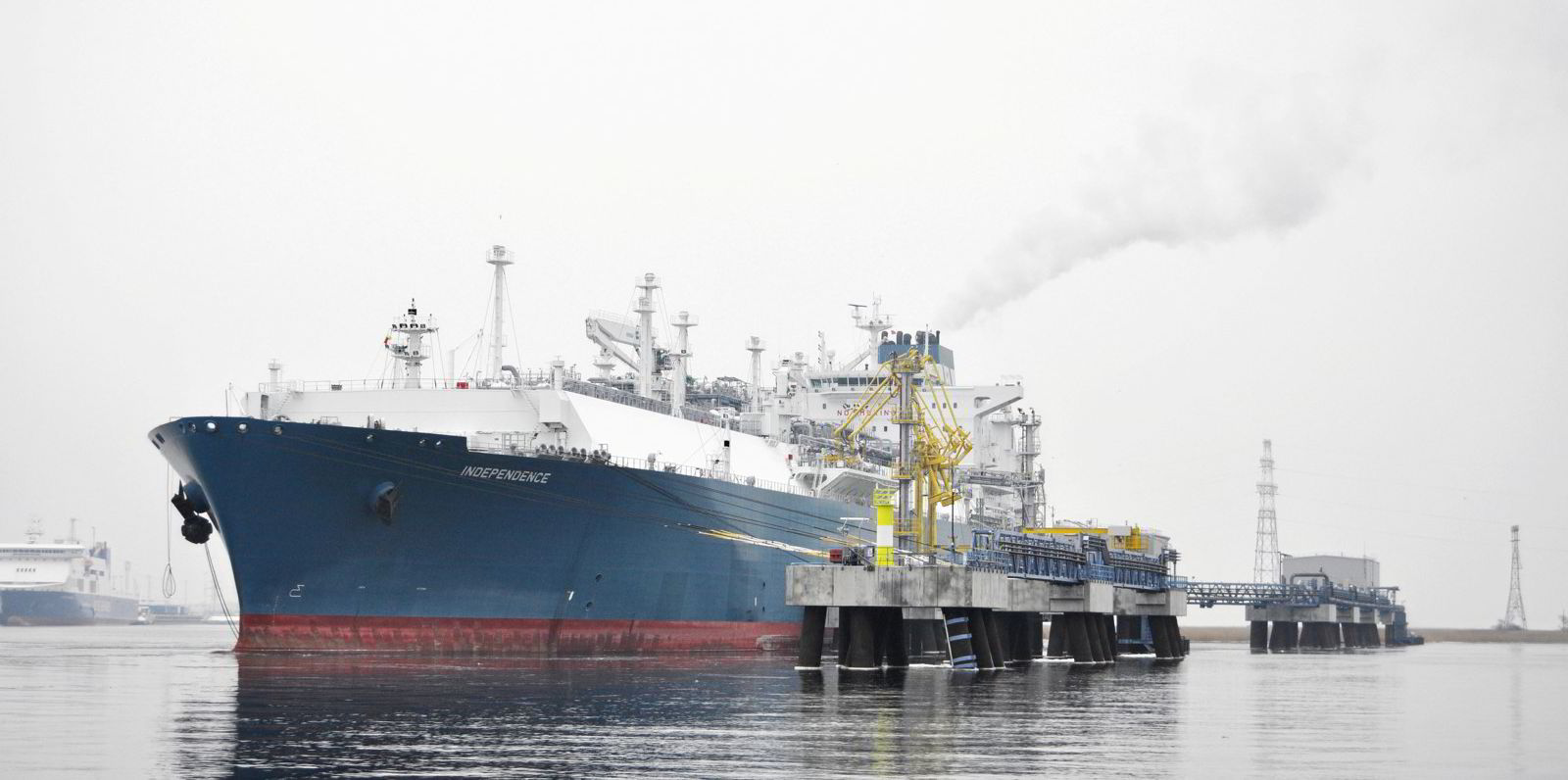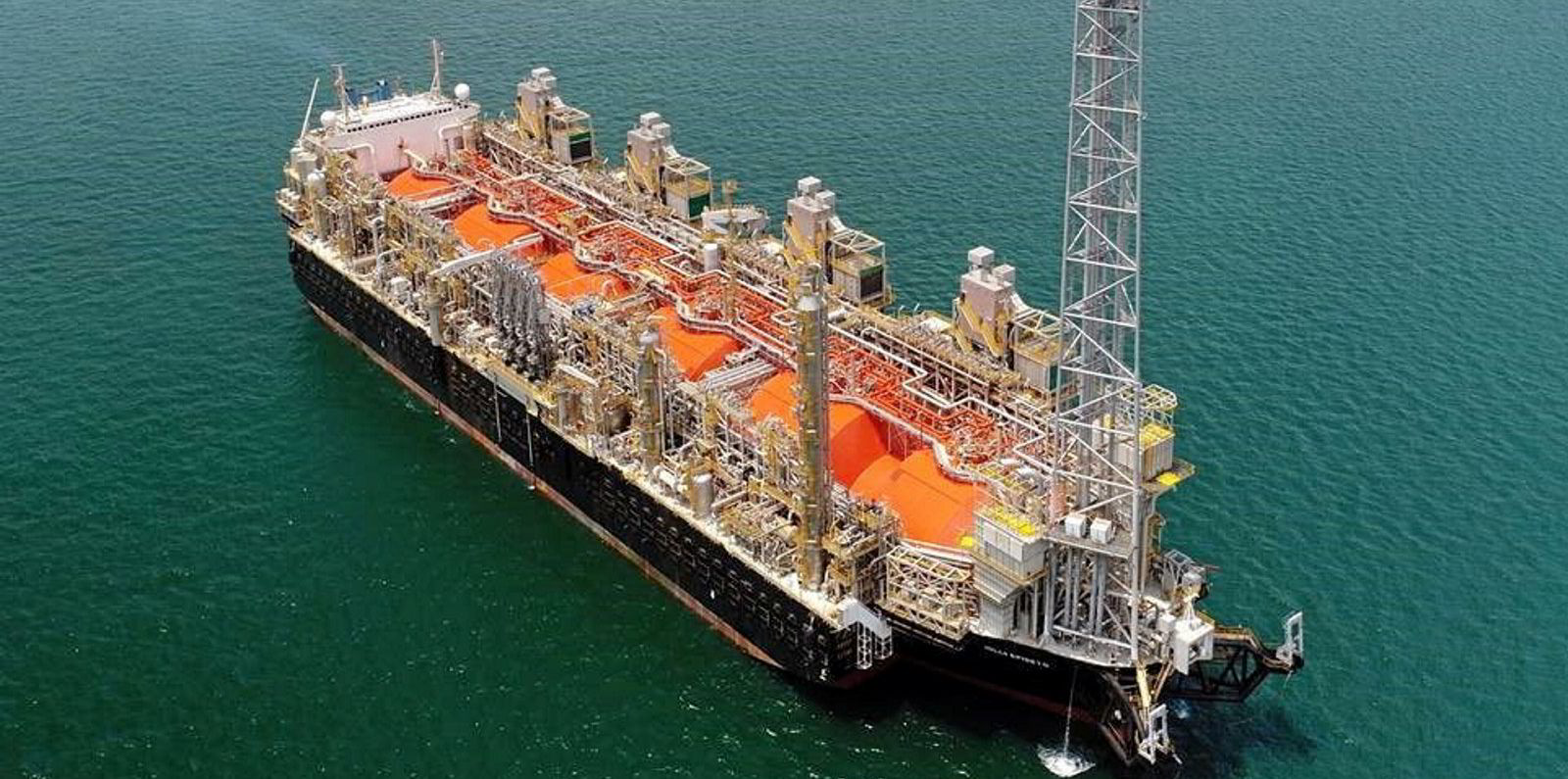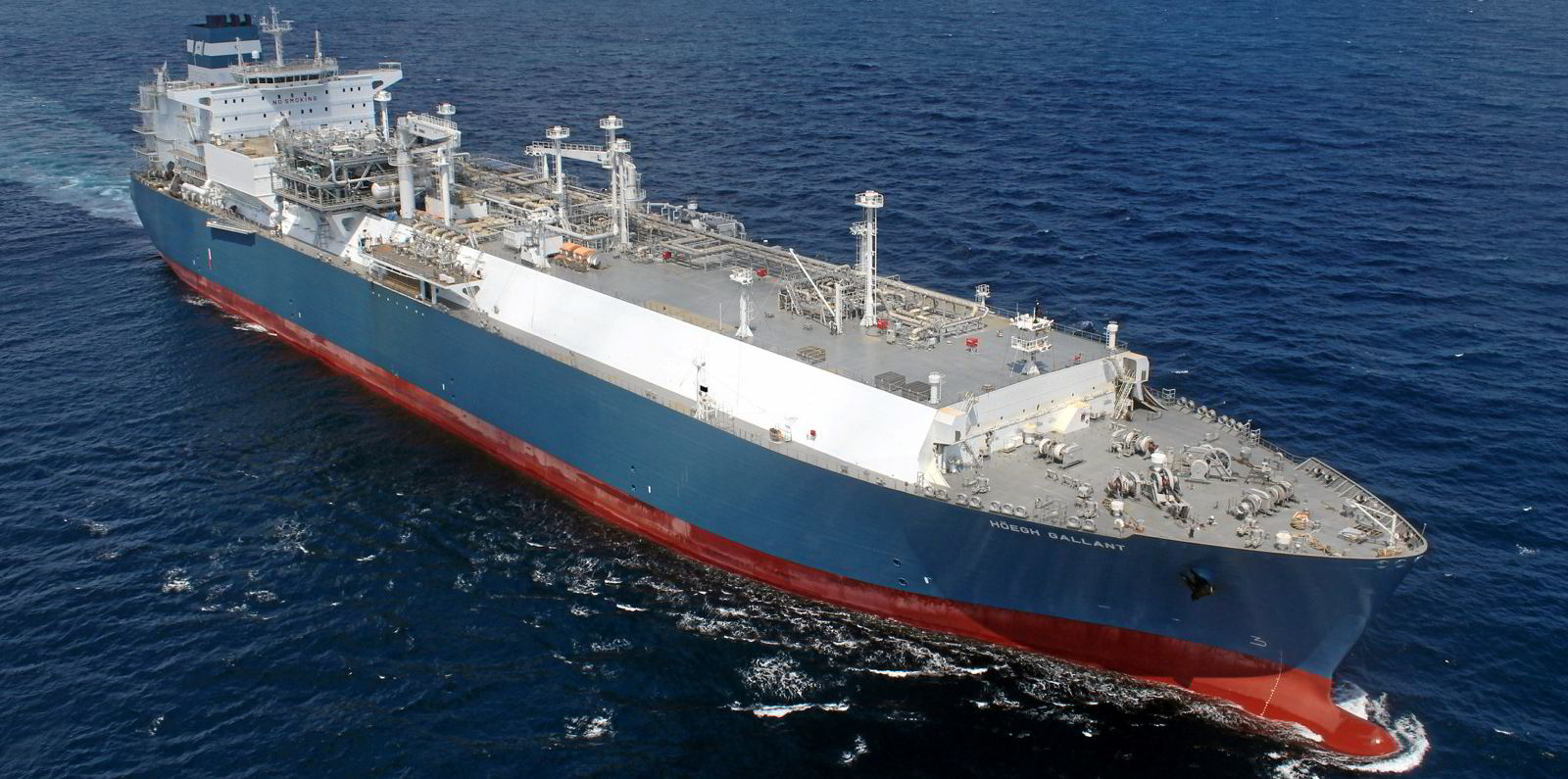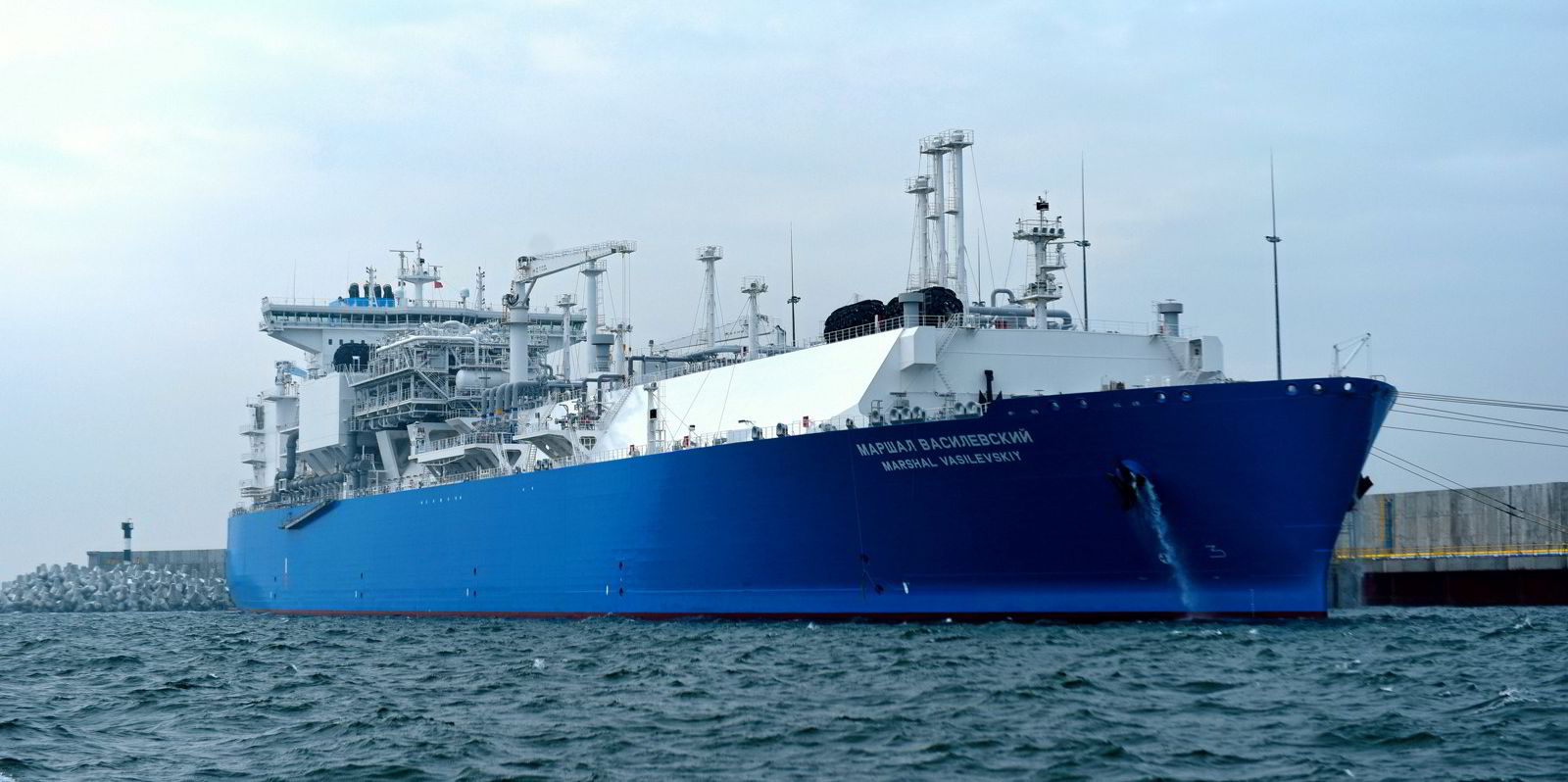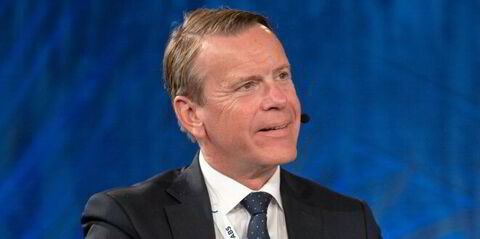Shipowners with floating storage and regasification units (FSRUs) are seeing heightened enquiry after Russia’s invasion of Ukraine as governments and key LNG importers look for quick-fix solutions to secure alternatives to Russian gas.
“We are seeing an increased number of parties asking questions,” said one shipbroker following the activity, citing energy majors and governments as among key players behind new enquiries.
Others pointed to demand from countries such as Poland and Germany — which has said it is reviving and fast-tracking LNG import terminal plans, and others in the Baltic states.
And they pointed to existing import facilities such as the terminals in the Netherlands, Belgium and France as potential hosts for floating regas units.
In the past two weeks, Gastrade has said it will look at providing a second FSRU in Greece and shareholders of Lithuania’s KN approved a decision to buy its chartered and aptly named FSRU, the 170,000-cbm Independence (built 2014), from Hoegh LNG.
One commentator described the geographic spread of interest as coming from “anything with a shoreline”.
Russia supplies about 40% of Europe’s gas and concerns have been running high that the country could cut pipeline and LNG supplies as tensions with the West started to escalate.
The move to conflict with Ukraine and the ensuing punishing international sanctions against Russia have sent European governments and energy suppliers scrambling.
Market players appeared reluctant to give detailed specifics of the recent enquiries. TradeWinds, however, did learn that French major TotalEnergies has a requirement in the market for a gas-fuelled power barge that can be deployed in Europe in 2022.
There is some slack in the existing FSRU fleet — which is comparatively small when set against other ship sectors — that would-be importers might be able to use.
There are around 48 either purpose-built FSRUs or LNG carriers-to-regas unit conversions — depending on which vessels are included — that are in the hands of a small group of shipowners.
Several ships are trading as LNG carriers, at least one is laid up and others may be underutilised in their current locations.
Brokers said the trading vessels will have clauses in any charter contracts that will allow them to, as one put it, “pull the plug and run” if they see a more lucrative term contract for regasification business.
They pointed to Dynagas’ two new FSRUs, the 174,000-cbm Transgas Force and Transgas Power (both built 2021), which were built speculatively and are listed as on charter to TotalEnergies, as potential candidates.
In fourth-quarter results calls both Hoegh LNG Partners and Golar LNG flagged up how geopolitical events had increased the attractiveness of their FSRUs.
Hoegh has vessels that have been trading as LNG carriers. Golar’s lone FSRU is the 170,000-cbm Golar Tundra (built 2015).
The 129,000-cbm Golar Spirit (built 1981), which is now part of New Fortress Energy’s fleet, remains laid up.
Excelerate Energy, BW LNG and TotalEnergies may also have other regas units that could be candidates.
In addition, Belgium’s Exmar has a small barge-based unit, the 25,000-cbm FSRU S188 (built 2017), which is unemployed.
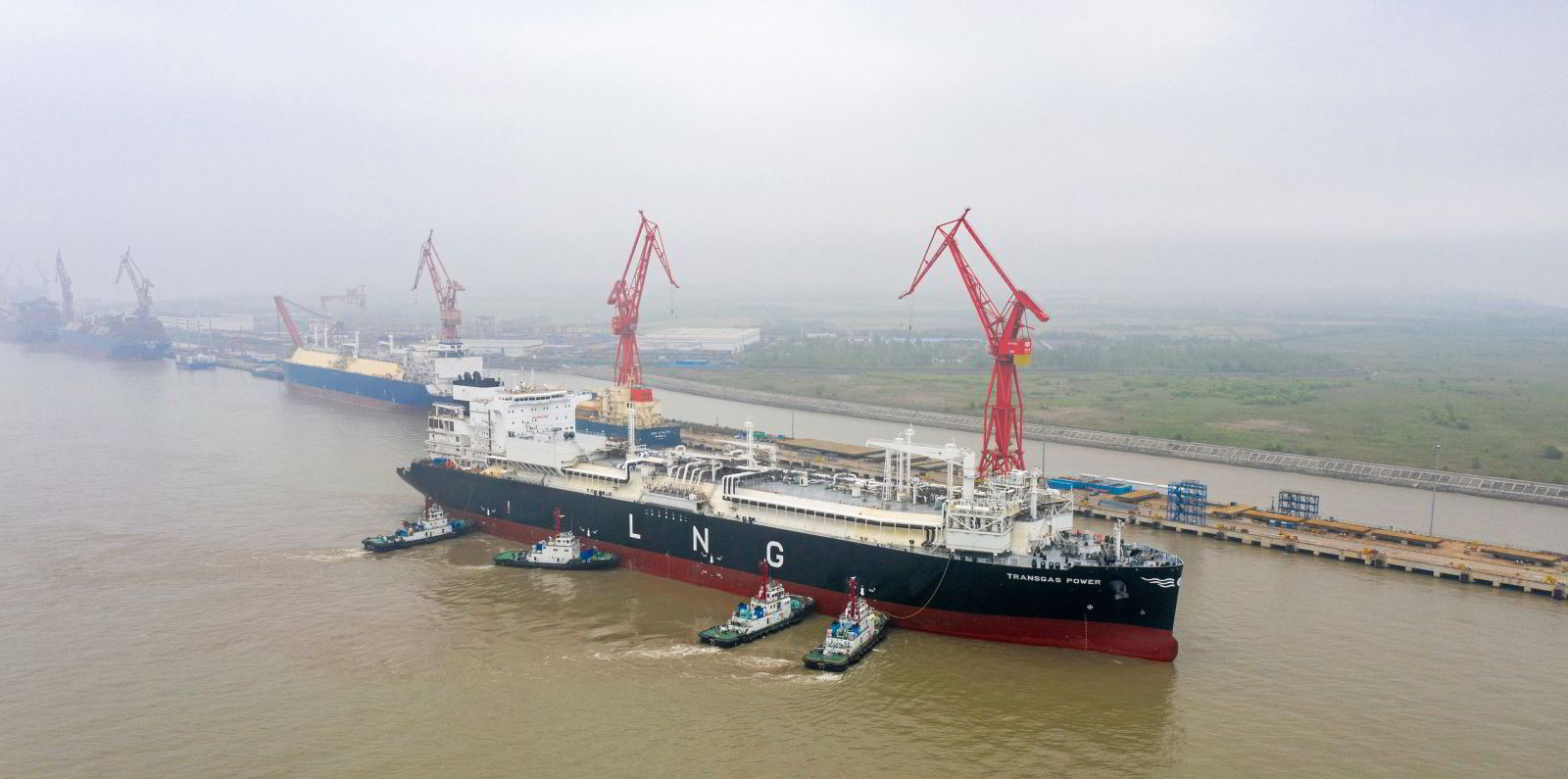
With shipyards’ LNG berths crammed with existing orders, large shipbuilders largely offering 2026 delivery dates and vessel prices rising, market watchers said FSRU newbuildings are unlikely to be quick or cost-effective options.
Another option is to build a barge-based solution or floating regasification unit (FRU) and combine this with an existing LNG carrier to be used as a floating storage unit (FSU).
Roland Fisher, executive director at specialist LNG infrastructure provider Gasfin Development, said the FRU can be built in under two years at one-third of the cost of an FSRU.
Fisher said the FRU-FSU combo can offer the capacity to import between 4 million tonnes per annum and 5 mtpa of LNG or the regas unit can be used alone to supply gas directly to the grid. As the additional supply may only be needed seasonally, he claimed the solution is also more efficient.
“As a new access point [to] the European grid they are probably the cheapest and quickest option,” he added.
“Right now it seems the crisis has become an unfortunate conduit for the security of supply concerns in Europe,” said one market player, describing the current situation as “a wake-up call” to countries that have become largely dependent on single-source energy supplies.
